Since 2018, Ms. Lam's family has experimented with commercial civet farming. Photo: TP
The family of Ms. Vi Thi Lam (born in 1978) and Mr. Lim Van Huan (born in 1977) in Bo village, Muong Quang commune is considered a well-off household in the village. Few people know that, to have such a foundation, this Thai couple has gone through a persistent journey of building a comprehensive economic model, starting from new, bold ideas that not everyone in the highlands dares to think and do.
In 2018, when many households in the area were still struggling with small-scale farming models, Ms. Lam's family decided to try raising civets and mink - animals that require strict care techniques but have high economic value.
Raising civets is quite hard but economically efficient. Photo: KL
At first, they invested in a few breeding pairs, learning as they went. Up to now, the family's herd of minks has been maintained at a stable level of 30, selling a batch of breeding minks and commercial minks each year.
“Raising mink is the hardest part of breeding. The mother mink must be raised separately, and the baby mink must be mixed with milk and bottle-fed like a baby. Raising mink is not only difficult in terms of breeding techniques, but also very strict in terms of legal documents. Full registration is required, each breeding pair must have a birth certificate, and when they die, a death certificate must also be issued.
The price of each pair of breeding mink ranges from 14-15 million VND. Photo: TP
Breeding minks must be kept separately and each individual must be closely monitored. If an epidemic occurs, it must be reported immediately to the local authorities for inspection and handling. Absolutely do not sell them outside. Families must also be fully licensed to be able to raise them. But in return, the economic value is very high, each pair of breeding minks costs 14-15 million VND, commercial minks are sold stably at 1.1 million VND/kg," Ms. Lam shared.
Thanks to being completely proactive with breeding stock and food (green bananas, fish, half-hatched duck eggs), investment costs are significantly reduced, and product output is also steady because civets are a commodity sought after by many traders.
Local authorities regularly visit and inspect the model. Photo: KL
Not stopping there, Ms. Lam's family continued to open a new direction from a chance encounter. While working at a brick company in the southern provinces, their eldest son saw that the commercial cricket farming model was quite effective, so he came home and suggested that his parents try it out.
At first, raising crickets also encountered many difficulties due to lack of experience, but with perseverance, up to now, the family has developed 14 boxes of crickets, each box weighs 35 kg, each year harvesting 6 batches. Crickets are sold seasonally, the main crop costs from 110,000 - 120,000 VND/kg, bringing a stable and regular source of income.
Currently, her family is expanding the scale of commercial cricket farming. Photo: TP
“Crickets eat bo bo, green bananas, rice bran, all of which are products grown and processed by ourselves, saving costs and ensuring they are disease-free. Raising crickets is easier than raising weasels, but still requires careful care every day,” said Mr. Huan. From growing bo bo to raise crickets, each year the family earns tens of millions of dong from selling bo bo seeds to households raising ornamental birds and poultry.
In addition to weasels and crickets, Ms. Lam's family also raises pigs, chickens, ducks, and grows more than 100 areca and green banana trees, interspersed with fruit trees around the house. This closed model helps to fully utilize by-products as animal feed, minimize input costs, diversify income sources, and flexibly adapt to market fluctuations.
Crickets are easy to raise, food is easy to find, and cost-effective. Photo: TP
From the thought that "you can't get rich if you just do the same as everyone else", Ms. Lam and Mr. Huan always proactively seek new models, daring to experiment with ways of doing things that no one in Bo village has ever thought of. It is that dynamism and creativity that has helped them have a spacious house today, with a sustainable income of hundreds of millions of dong each year.
Source: https://baonghean.vn/gia-dinh-nguoi-thai-o-nghe-an-nuoi-chon-va-de-thuong-pham-lai-ca-tram-trieu-dong-10303567.html


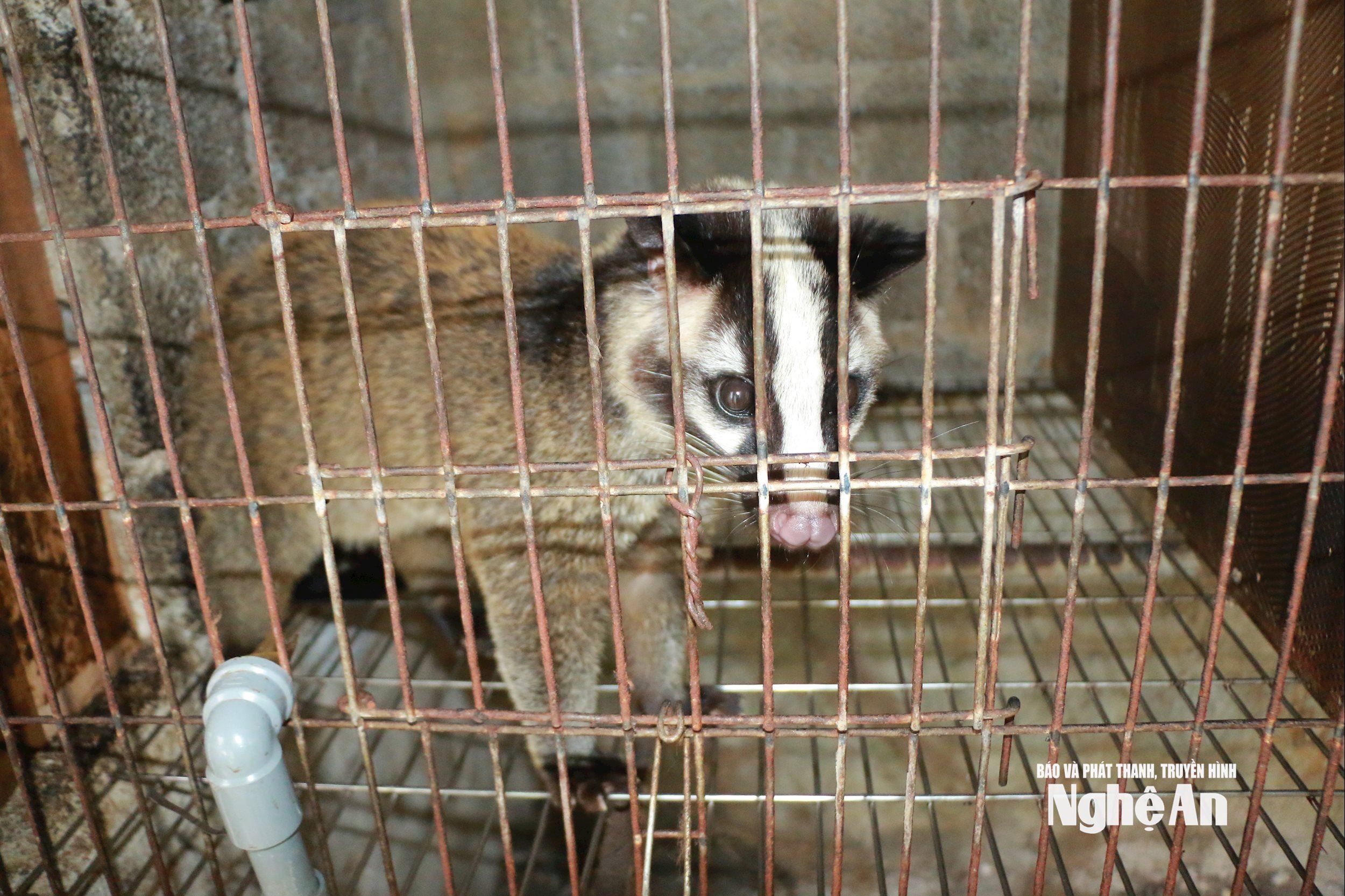
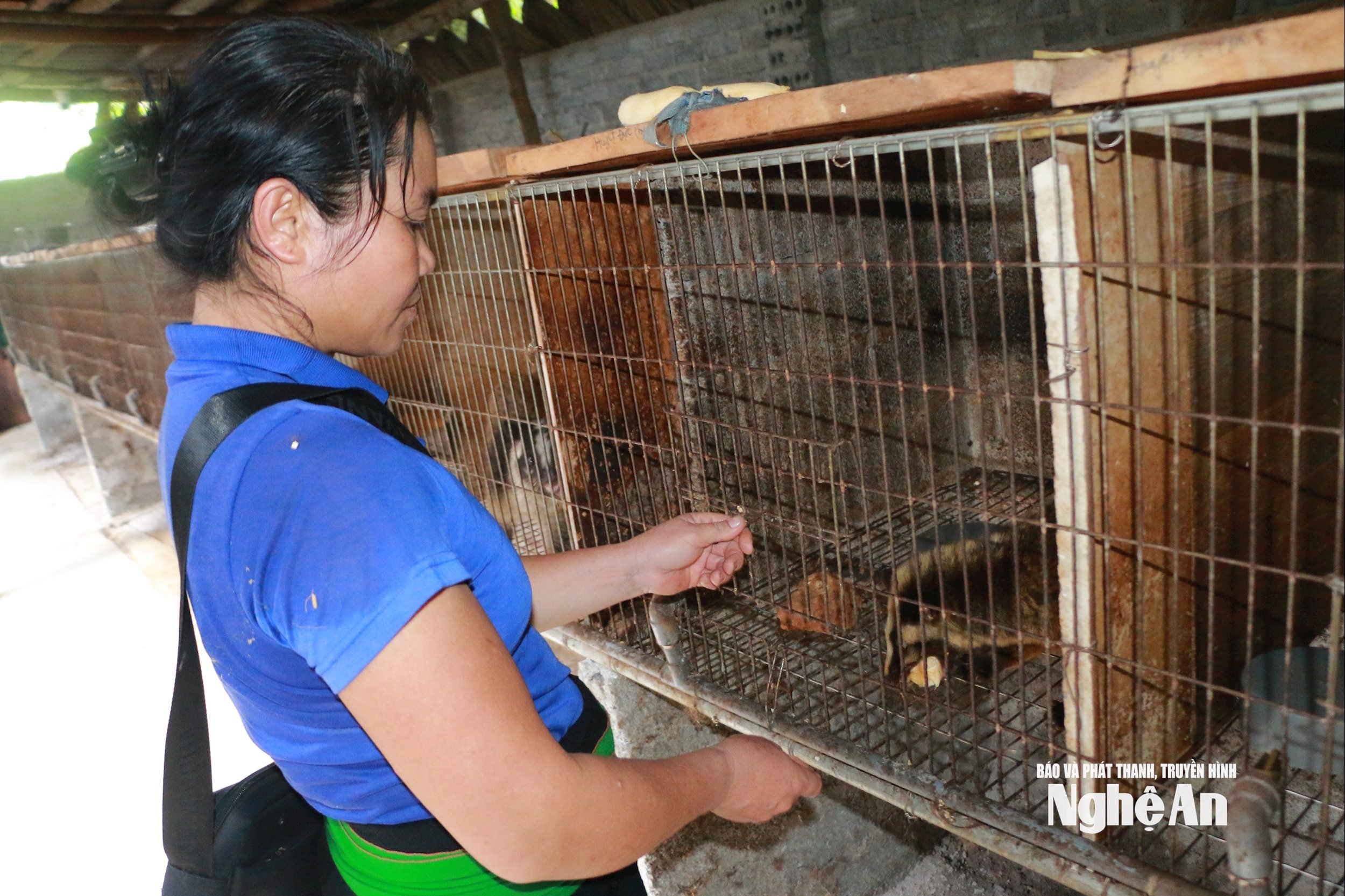
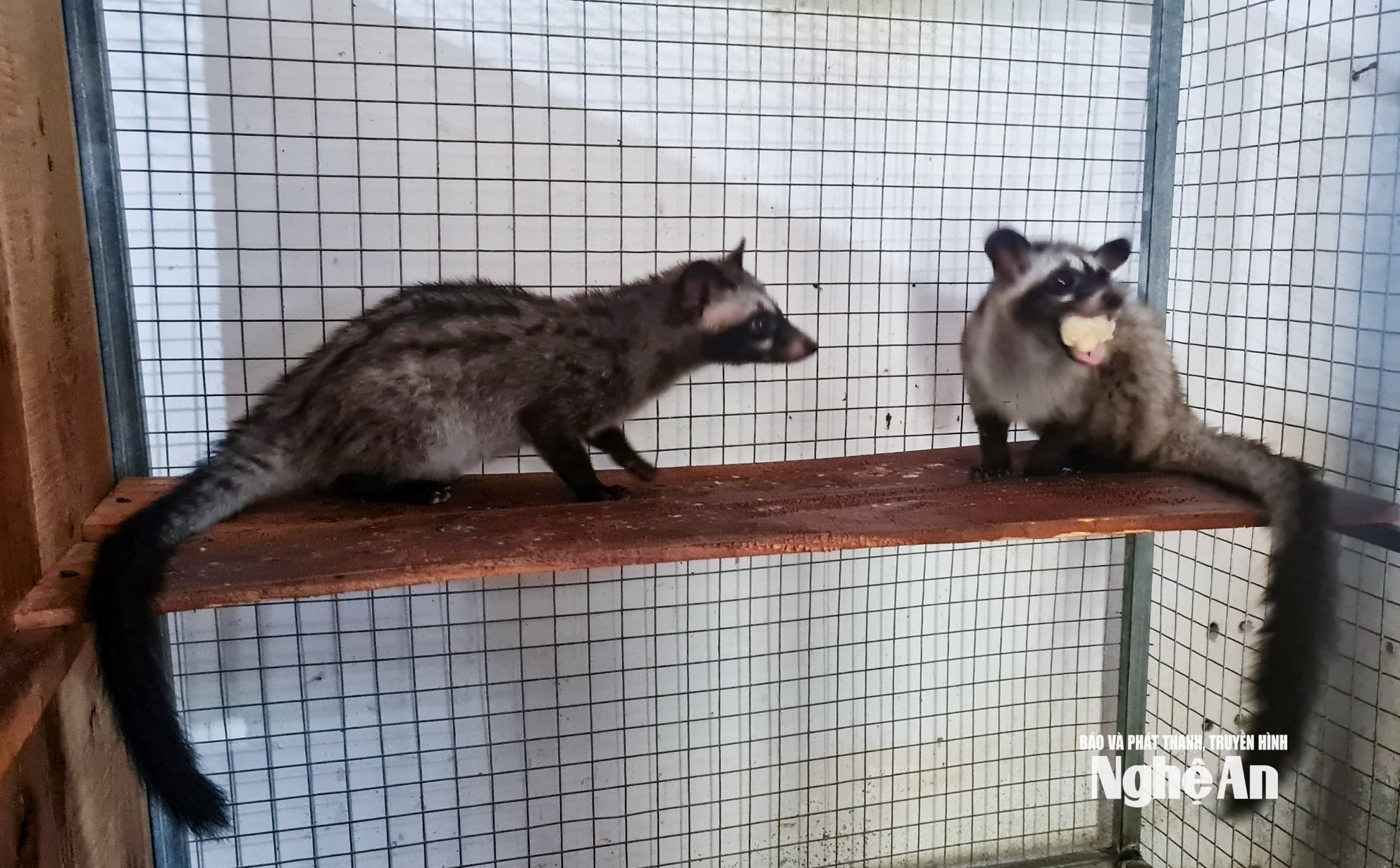
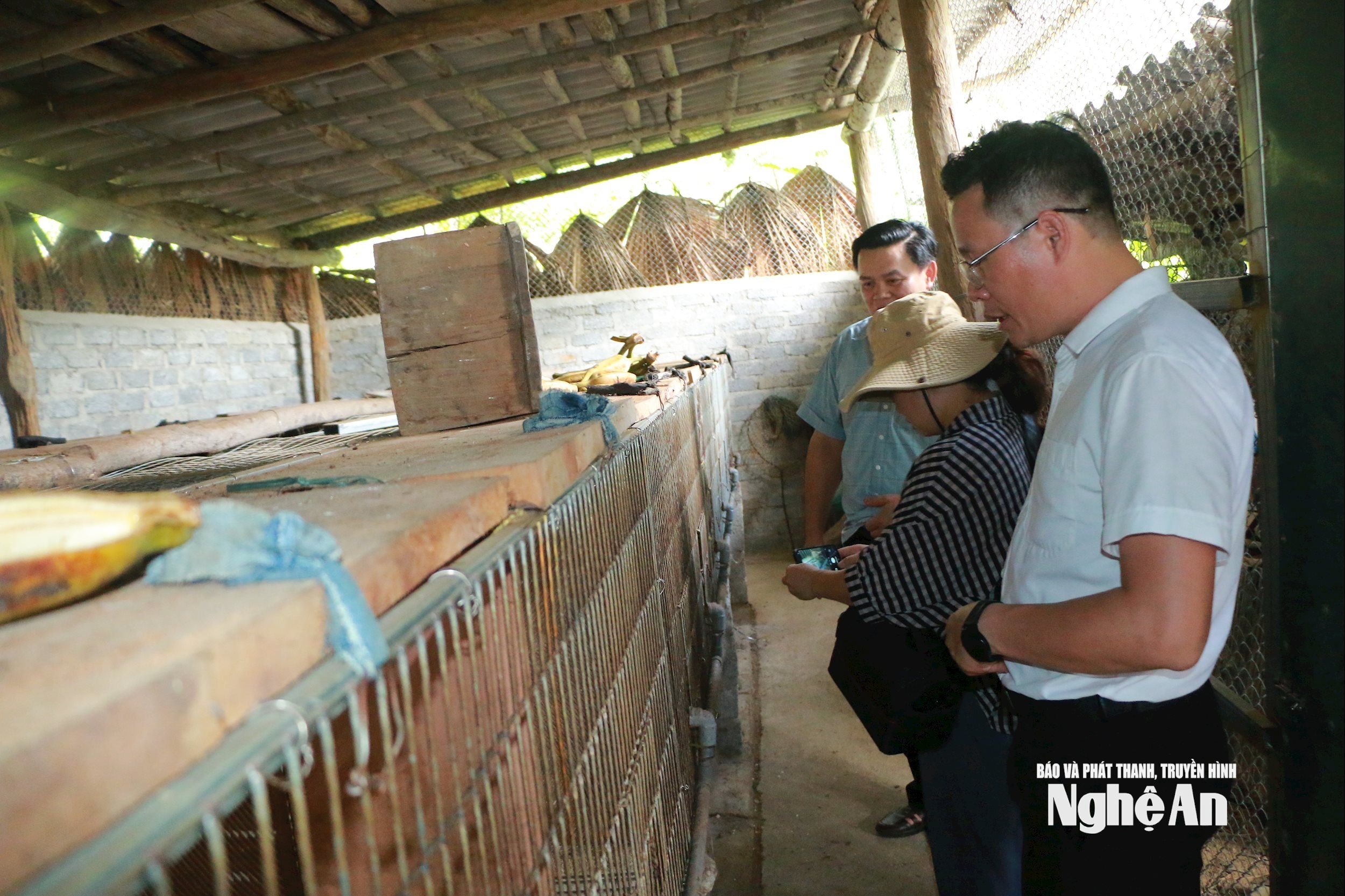
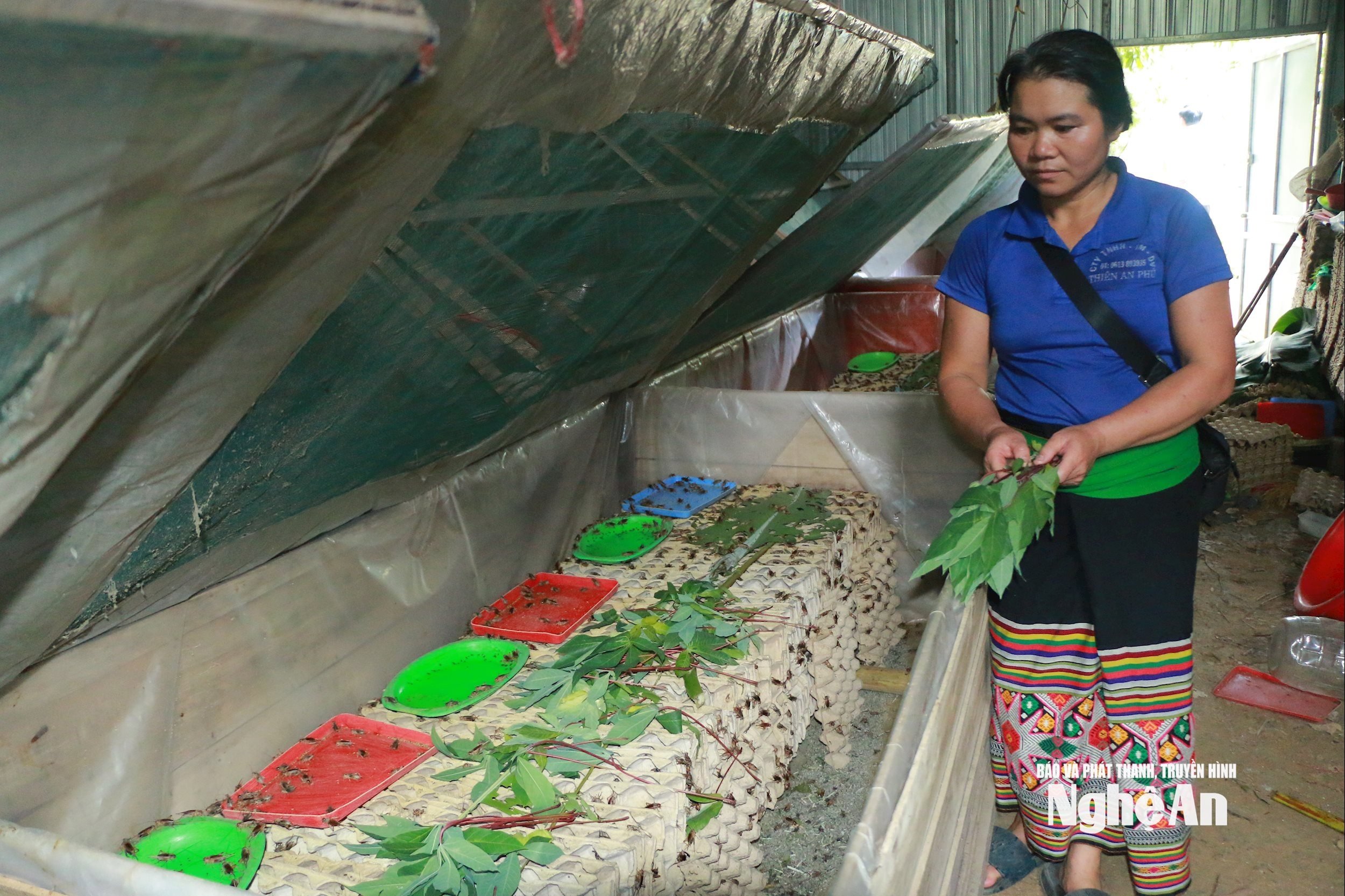
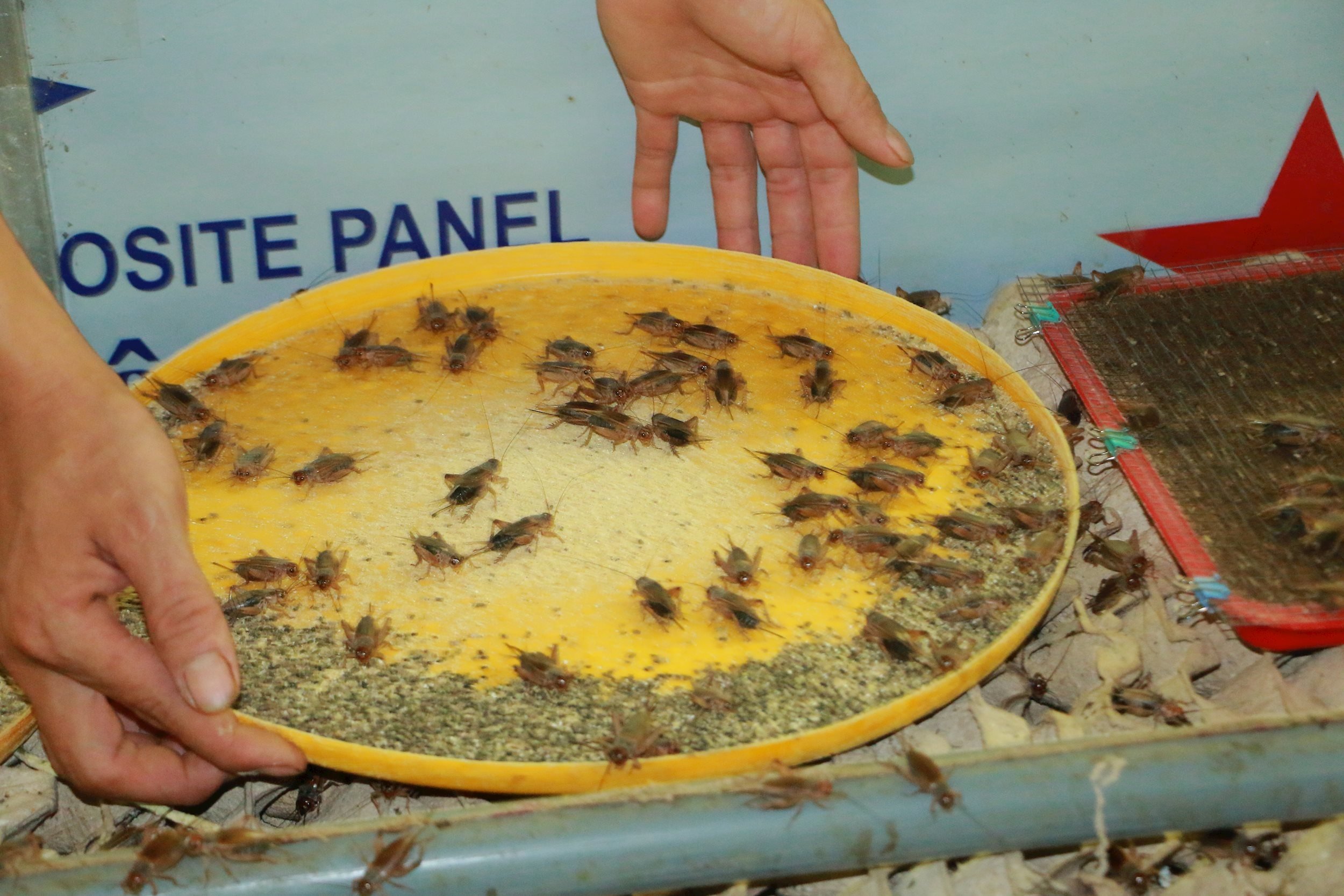

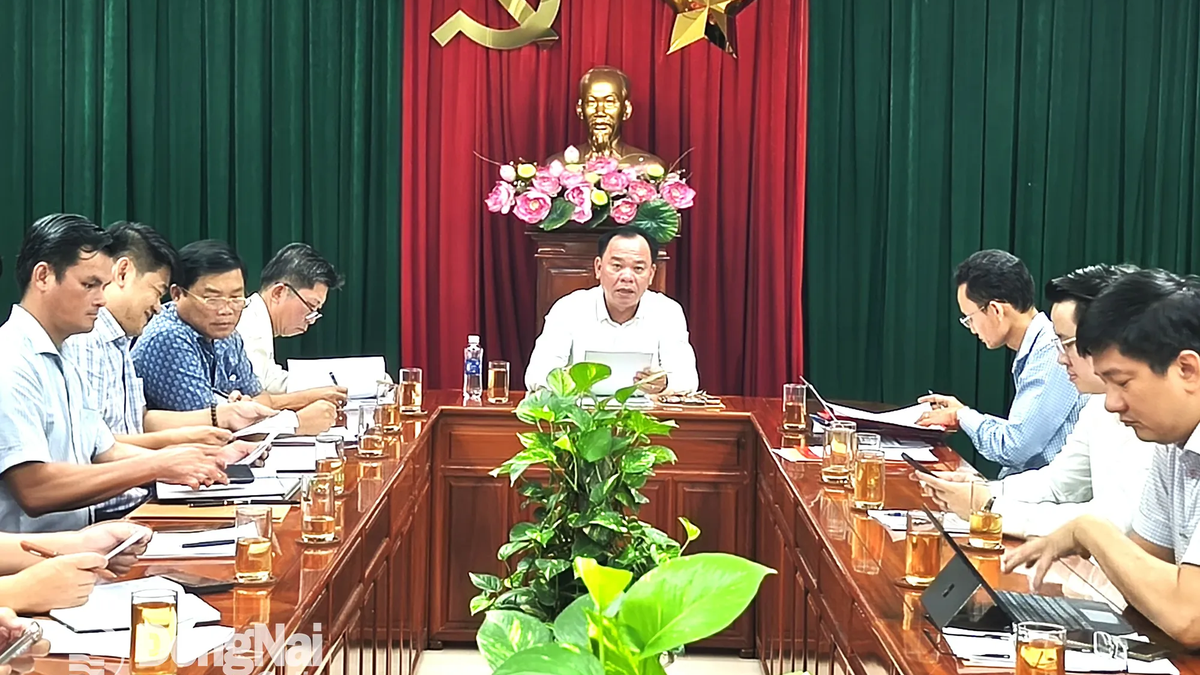
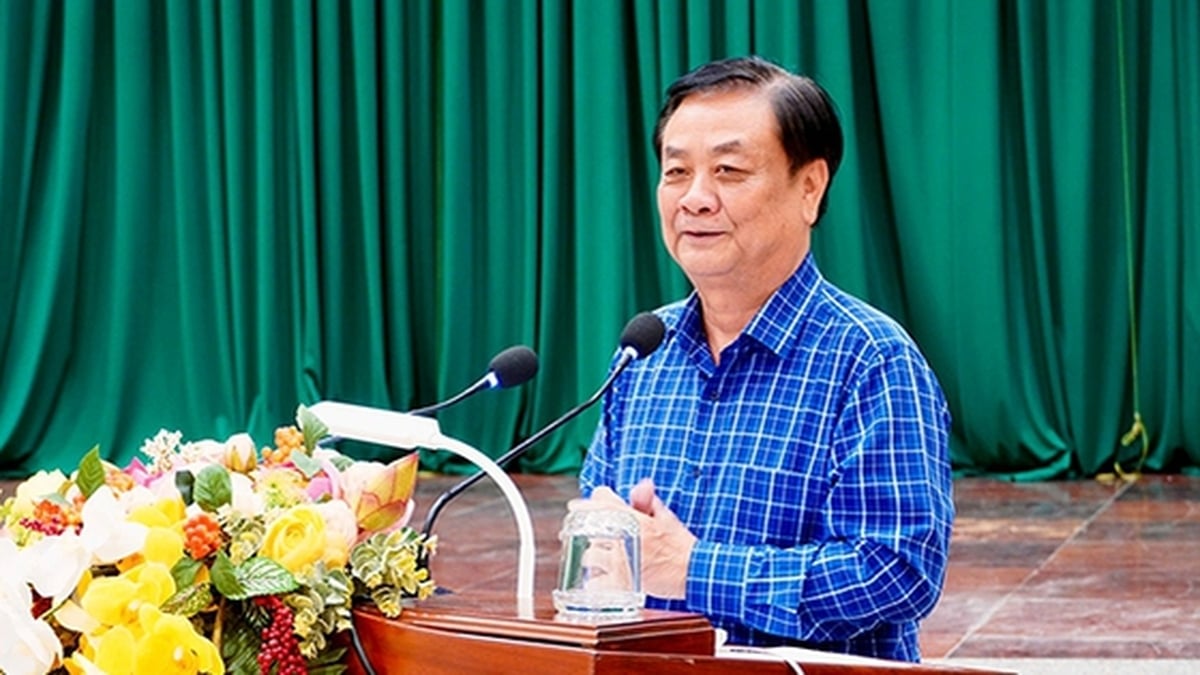
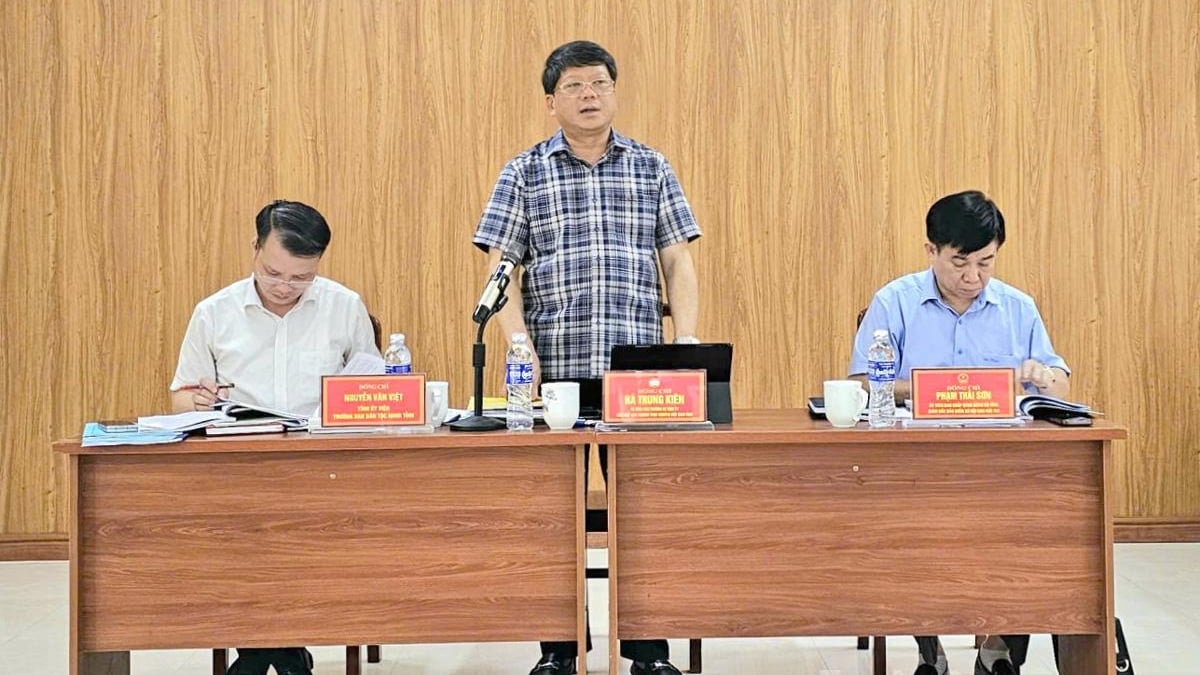
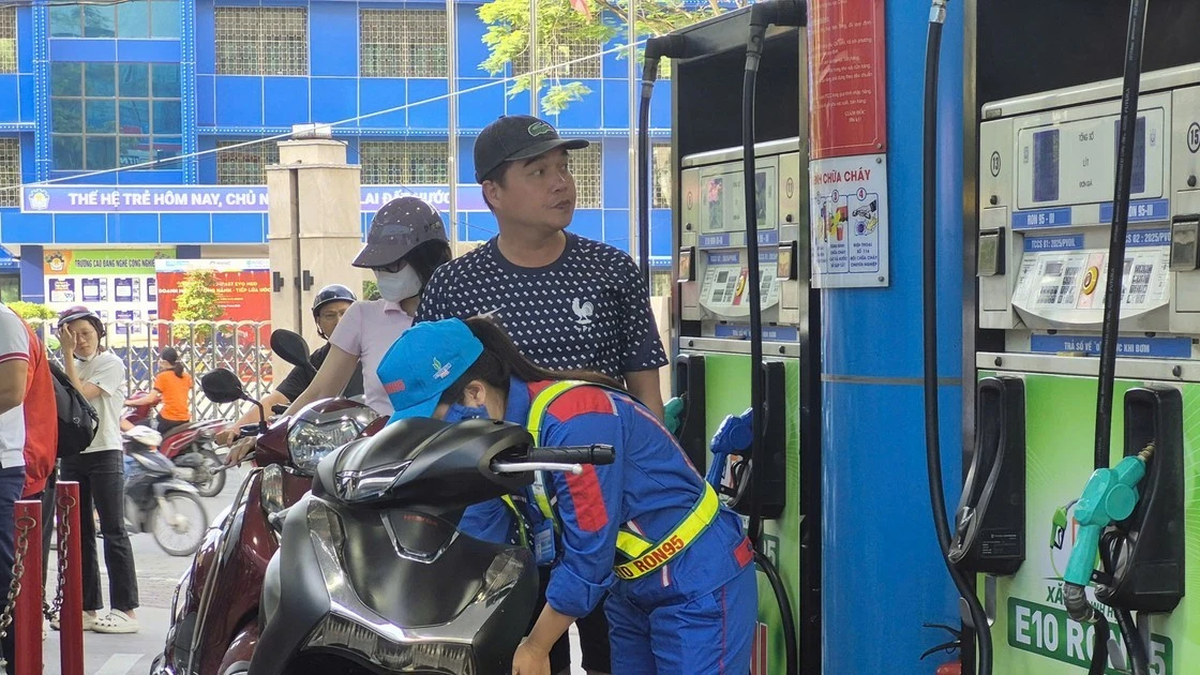
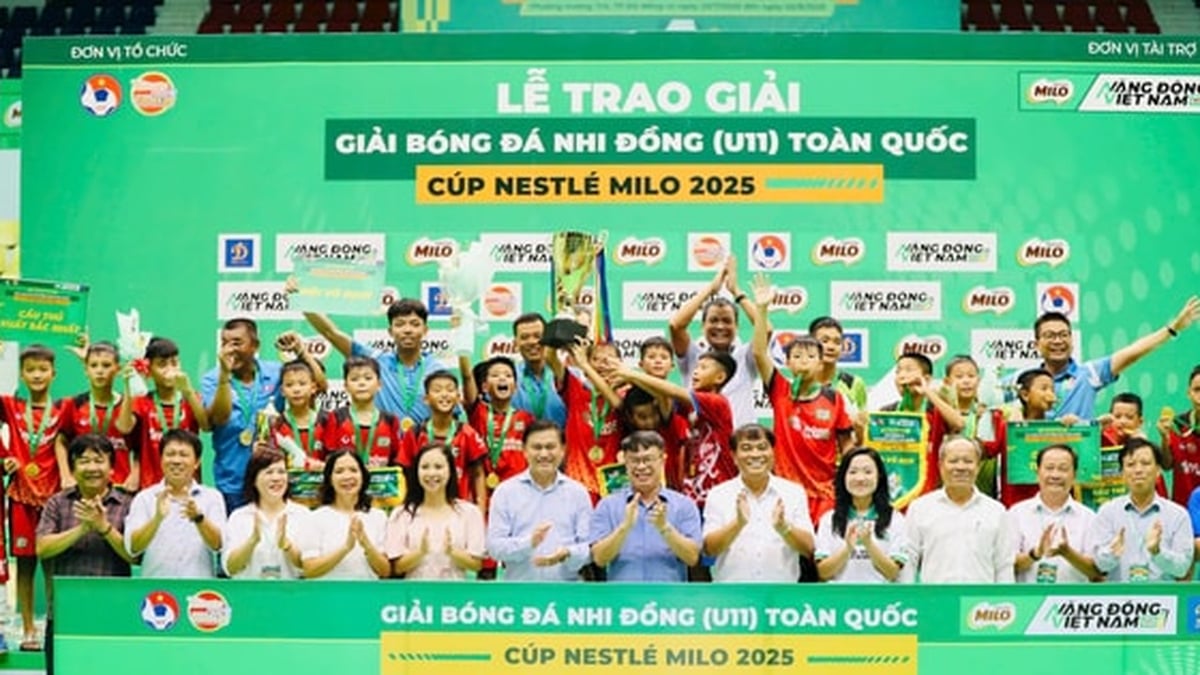
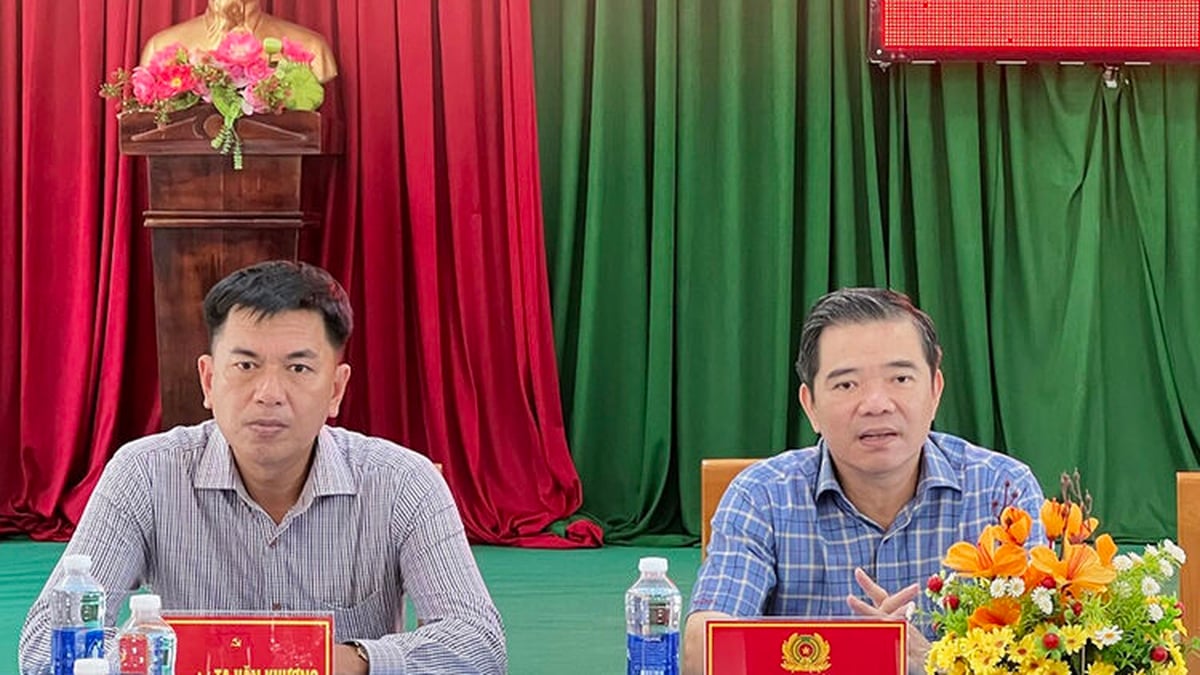


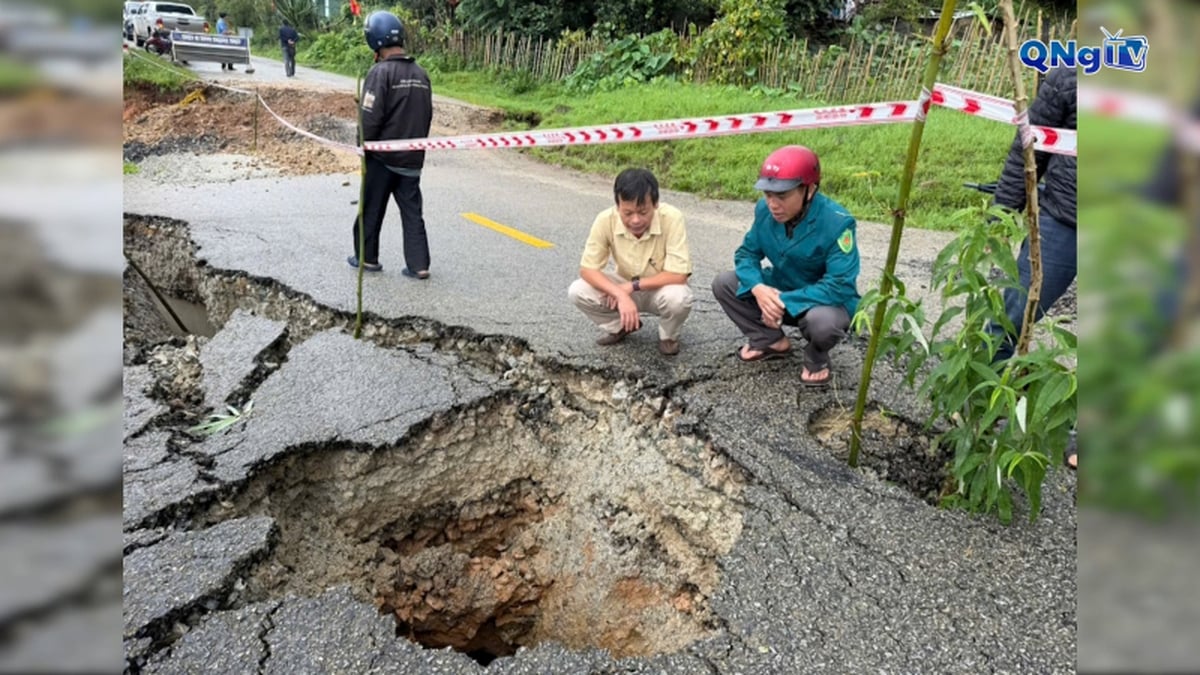






















































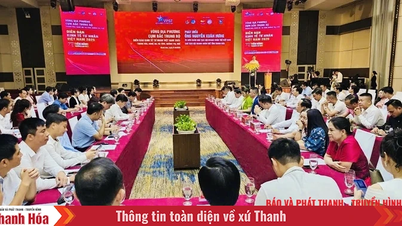

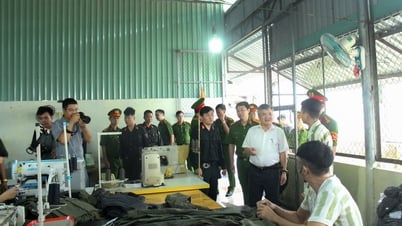


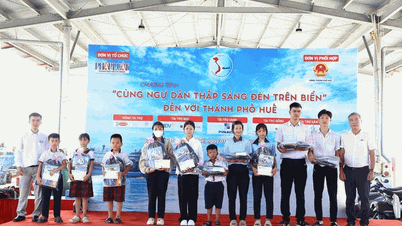



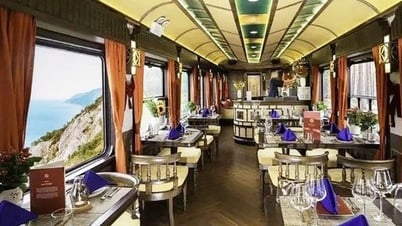



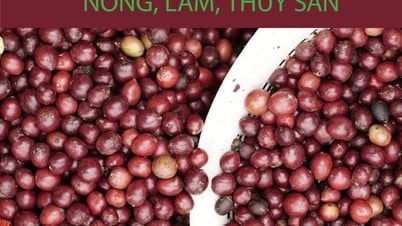
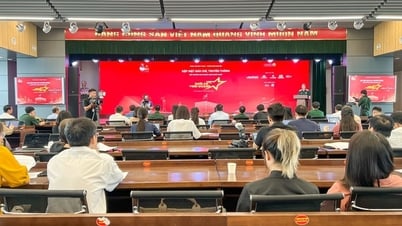























Comment (0)